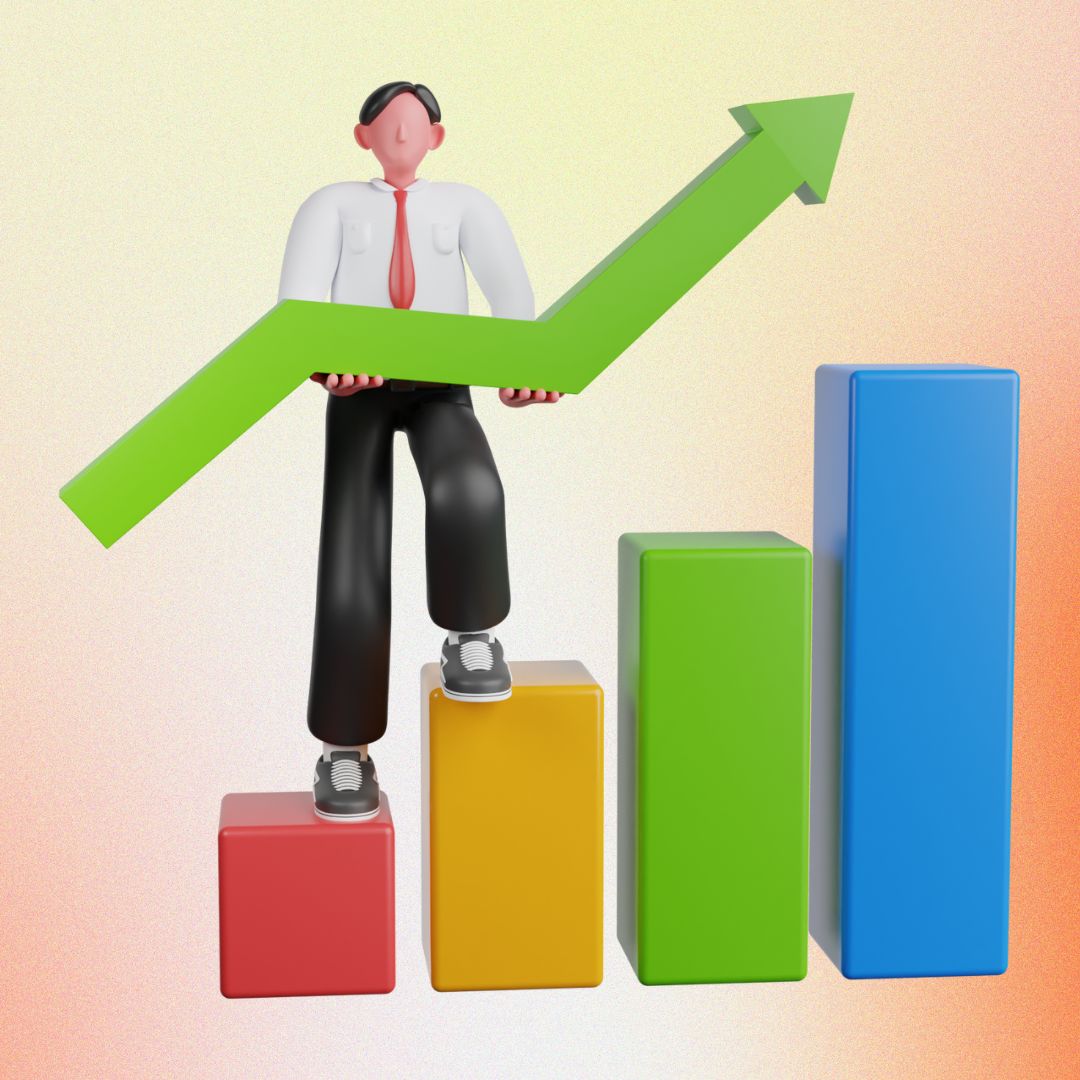It starts small, with just one dose or shot. Nothing huge and it surely won’t hurt. You feel a sensation that you’ve never felt before. A few hours pass by and you feel an urge. You begin to miss that sensation. You don’t think too much about it though, two can’t be too bad. The cycle continues. You’re hooked on the sensation. You can’t live without it. You can’t do everyday tasks without it. What’s the point of working? Why make any friends? The only thing that matters is the sensation. You have to feel it again. You don’t want it anymore, you need it. You’ll do anything for it. No big or small task, you’ll do anything just to feel the sensation again. This is substance abuse.
“It happens in all walks of life in different ways,” Assistant Principal Matthew Warren said.
Substance abuse has been around for decades, dating back to 5600 B.C., when substances like mushrooms and marijuana were abused in religious rituals. Substance abuse began to go down and then spike over time, like in the 1920s when prohibition was added as an amendment. Substance abuse is at its highest level right now with no signs of slowing down. There are numerous types of drugs or substances like alcohol, fentanyl, heroin, and LSD. In fact, according to DEA.gov & the International Association of Chiefs of Police, there are so many drugs that they are classified into 20 emergency drugs, seven categories, and three grades. With this enormous amount of substances in the world, addiction seems inescapable for some people.
“There will always be a supply, no matter how big or small, and unfortunately, an addiction is something that will lead someone to search for the item they need,” Warren said.
Even though substance abuse is a choice, there are ample reasons for why someone may abuse substances; peer pressure, using it as a way to escape, or as a coping mechanism.
“It can start from a traumatic experience, peer pressure, modeling of adults or even coping from stress,” Warren said. “It can have the smallest triggers as simple as your friends do it, now you want to.”
An issue with substance abuse is that there is no guaranteed solution to solve it because it all falls on the abuser. The abuser has full control of whether they abuse substances. Even without a certified solution, there are alternative ways to help prevent drug abuse or help someone recover. According to SAMHSA, 72.2% (or 20.9 million) considered themselves to be in recovery or to have recovered from their drug or alcohol use problem.
“Counseling, good friends, and [a] strong family are some ways to prevent and cope with drug abuse,” Warren said.







